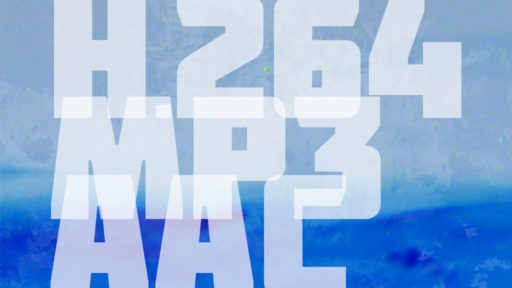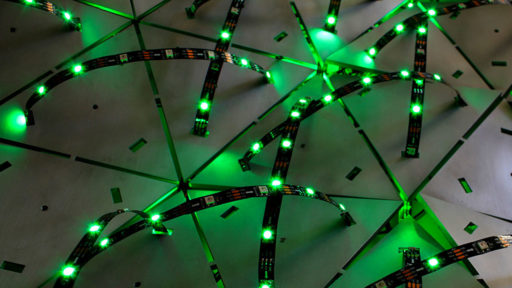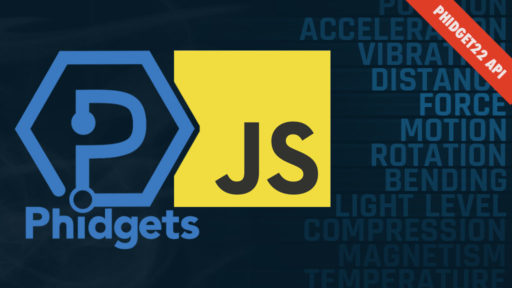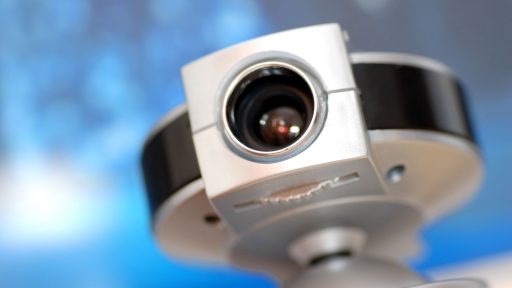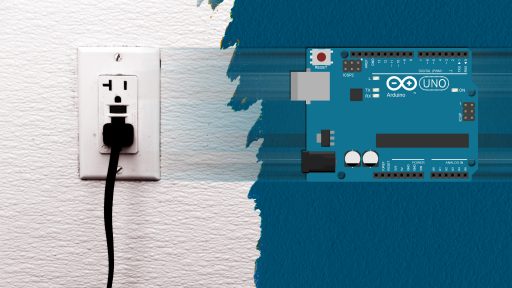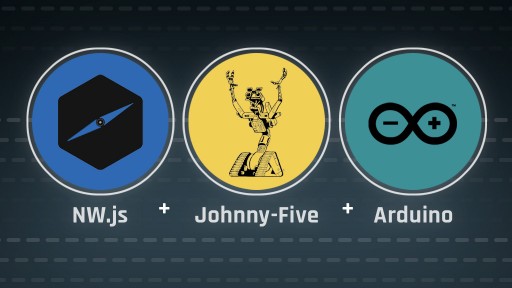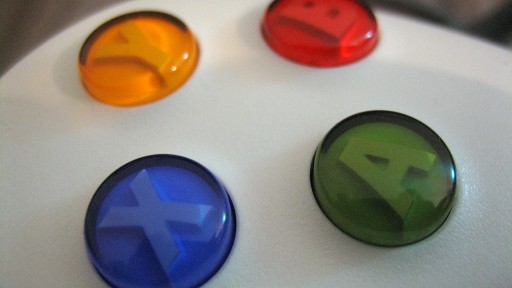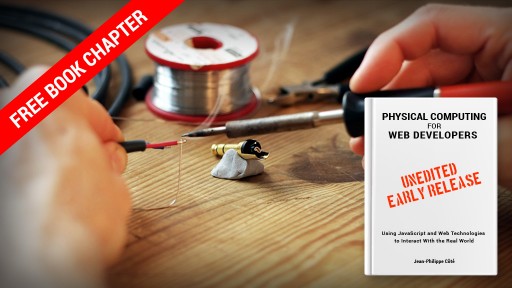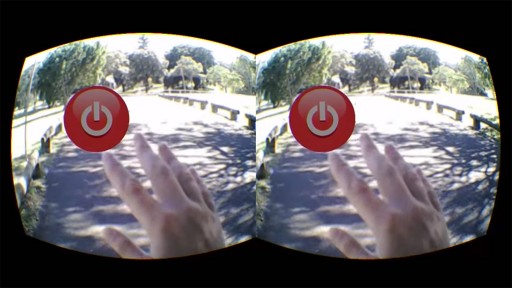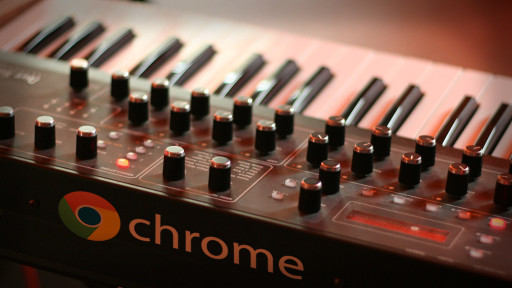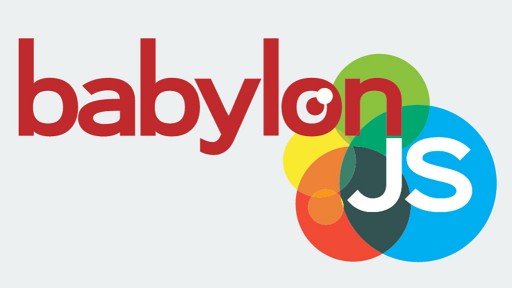17 octobre 2016
Jean-Philippe Côté
Devices that you plug in a 120VAC wall outlet are not necessarily what you would expect to connect to an Arduino. Most of the beginner-level Arduino projects deal with sensors and small actuators using voltages in the 3.3-5VDC range. But what if you want to use the NJA toolchain (NW.js, Johnny-Five, Arduino) to turn on or off a fan, a smoke machine, a spotlight or anything else that plugs into a regular wall outlet? Is that even possible? Of course it is! To do that, you will simply need four things: a 120VAC device, an Arduino, a relay and this article.
